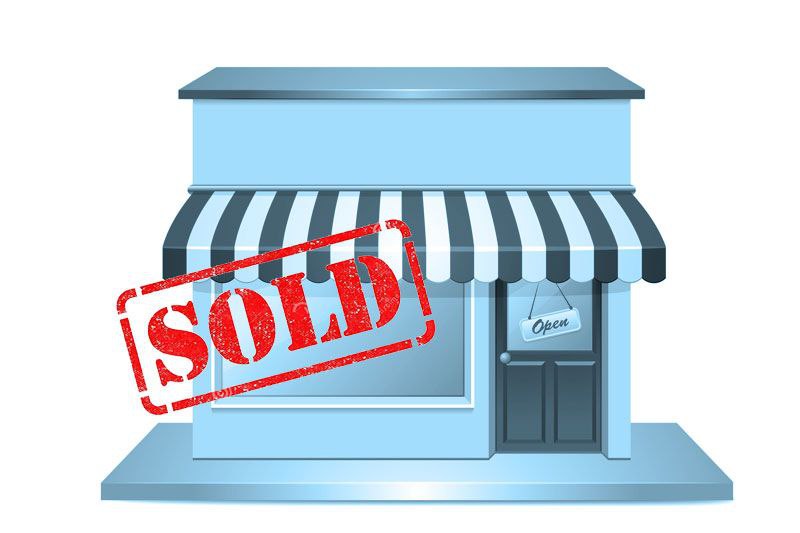A Quick Paper LBO Walkthrough

Although the recent interest rate hikes have increased the costs of Leveraged Buyouts (LBOs), it by far remains one of the popular practices used by PE firms when acquiring another company. An LBO is a complex process. For a three-statement model, please refer to “3 statement LBO Case Study” in the “projects” section. The purpose of this post is to walk you through the steps of a paper LBO with an example, a much simpler version of LBO that you can solve on paper during an interview in a relatively short period of time.
The idea of doing an actual LBO or a paper LBO is similar. It all covers the concepts of enterprise value, sources and uses, financial forecasts, free cash flow, return and sensitivity analysis. When a PE firm is acquiring another business, we naturally would think how much outputs would generate relative to the inputs to determine if this LBO is “LBO-worthy”. A paper LBO process can be broken down to the following steps:
• Determine the transaction assumptions – How much money are we purchasing the company for and how much debt and equity are needed for the buyouts? A similar analogy is purchasing a home. How much are we paying for the total house value? If we are not paying for the house with all cash, how much down payment (equity) are we putting in and how much mortgage (debt) are we borrowing for the purchase?
• Forecast the financial statements and free cash flows for the holding period – this may be the most time-consuming part, but it is essential to find the numbers for determining the IRR. The primary goal is to use the cumulative cash that the business generates to pay down part of the debt, and for the rest of the debt, it will be paid by the exit value. In a three-statement model, we would forecast the three statements, namely income statement, cash flow statement, and balance sheet. For a paper LBO, income statement should do the job.
• Calculate the debt paydown and ending equity value – How much debt can be paid down using the cash flow generated by the business during the holding period? How much cash is left upon exit after all debt is paid?
• Analyze the MOIC and IRR – For a paper LBO, we can use the rule of 72 to approximate the IRR without performing sensitivity analysis (see “3-statement LBO Case Study” for sensitivity analysis).
Now, let us go through an example. A PE firm is purchasing company XYZ at the end of 2022 and intends to hold for three years before exit. Followings are given:
- Purchase multiple: 10x EBITDA
- Revenue (2022A): $300 million
- Growth rate: 10% annually throughout the holding period
- EBITDA margin: 30% of the revenue, flat throughout the holding period
- D&A and CapEx are both 10% of revenue, flat throughout the holding period
- Change in net working capital (NWC): 0
- Tax rate: 21%
- Initial leverage: 5x EBITDA
- Interest rate: 10%
- Exit multiple: 8x EBITDA
Solution as below:
Step 1: Determine the transaction assumptions. Find the purchase cost (enterprise value) and how to finance the purchase.
\[\begin{align} \mathit{Enterprise\ value\ (enter)} &= \mathit{Purchase\ Multiples} * \mathit{LTM\ EBITDA}\\ &= \mathit{Purchase\ Multiples} * (\mathit{Revenue} * \mathit{EBITDA\ Margin})\\ &= 10 * ($200 M *30\%)\\ &= $600 M\\ \mathit{Debt\ Financing} &= \mathit{Initial\ Leverage} * \mathit{LTM\ EBITDA} \\ &= 5 * ($200 M *30\%)\\ &= $300 M\\ \mathit{Equity\ Financing} &= \mathit{Enterprise\ Value} – \mathit{Initial\ Leverage}\\ &= $300 M \end{align}\]Step 2: Forecast the financials and free cash flows for the holding period. We need to find out the cumulative cash flow because it is going to be used for the debt paydown. Cash flow is equal to net income plus D&A (non-cash expenses) and subtract CapEx (cash outflow). To find out net income, we use revenue to multiply the EBITDA margin, then minus the sum of D&A, interest payments and taxes (see below table).
| 2022A | 2023E | 2024E | 2025E | |
|---|---|---|---|---|
| Revenue | 300 | 330 | 363 | 399 |
| EBITDA (50% revenue) | 165 | 182 | 200 | |
| Less: D&A | (33) | (36) | (40) | |
| EBIT | 132 | 145 | 160 | |
| Less: Int PMTs (10% of debt) | (30) | (30) | (30) | |
| EBT | 102 | 115 | 130 | |
| Less: Tax (21% of EBT) | (21) | (24) | (27) | |
| NI | 81 | 91 | 102 | |
| Add: D&A | 33 | 36 | 40 | |
| Less: CapEx | (33) | (36) | (40) | |
| Less: Change in NWC | 0 | 0 | 0 | |
| Cash Flow | 81 | 91 | 102 | |
| Cumulative Cash Flow | 274 |
Step 3: calculate the debt paydown and ending equity value. For a simple paper LBO here, we ignore the fees, options, and other incentivizing mechanisms.
\[\begin{align} \mathit{Net\ Debt} &= $300 M - $274 M\\ &= $26 M\\ \mathit{Enterprise\ Value (Exit)} &= \mathit{EBITDA\ (2025E)} * \mathit{Exit\ Multiple}\\ &= $1597 M \\ \mathit{Ending\ Equity\ Value} &= \mathit{Exit\ Value} - \mathit{Net\ Debt}\\ &= $1571 M \end{align}\]Step 4: Analyze the MOIC and IRR.
\[\begin{align} \mathit{MOIC} &= \mathit{Ending\ Equity\ Value} / \mathit{Initial\ Equity\ Value}\\ &= $1571 M / $300 M \\ &= 5x \\ \mathit{IRR} &= 72 / 3 years\\ &= ~24\% \text{(the rule of 72 as a quick approximation)}. \end{align}\]Voila! Lots of “Alpha” there. Of course, the numbers above are a well-simplified example which may not necessarily reflect reality. Depending on the specific industry, usually the deal is considered good if MOIC is greater than 2 and IRR is greater than 20%.